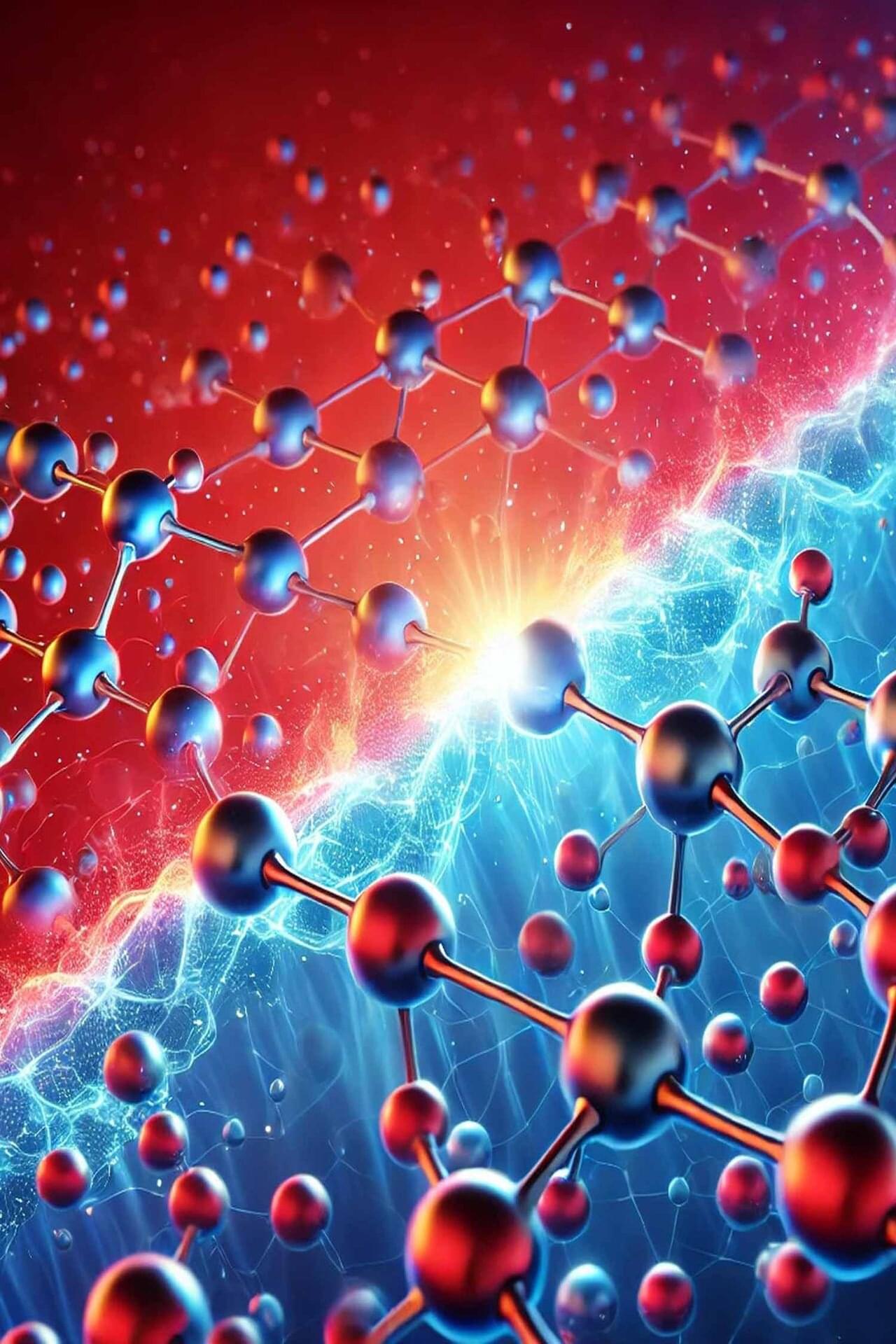SpaceX is advancing its ambitious Mars plans, aiming to launch five Starships in 2026 and establish a self-sustaining city by 2033, despite facing challenges with vehicle performance and heat shield durability ## ## Questions to inspire discussion.
Production and Design.
🏭 Q: How is SpaceX aiming to increase Starship production? A: SpaceX plans to scale up from producing a Starship every 1–3 weeks to 3 ships per day or 1,000 ships annually using the Gigabay facility, requiring stable designs and efficient production processes.
🚀 Q: What changes are coming with the Block 3 Starship? A: Block 3 Starship will retain 6 engines, have 1,550 tons propellant capacity, 15.7 megatonnes thrust, 52.1 m height, and the entire stack will carry 5,200 tons of propellant.
🔥 Q: How will the Raptor 3 engine improve Starship? A: Raptor 3 will save 39 tons of vehicle mass by self-shielding, eliminating basic heat shielding on the booster bottom, making hot gas and plasma leaks easier to manage. Testing and Development.
🛰️ Q: What’s the status of Raptor engine testing? A: SpaceX has conducted over 300 Raptor tests with 16,000 seconds runtime at McGregor, with actual numbers likely 500 tests and 30,000 seconds firing time.






